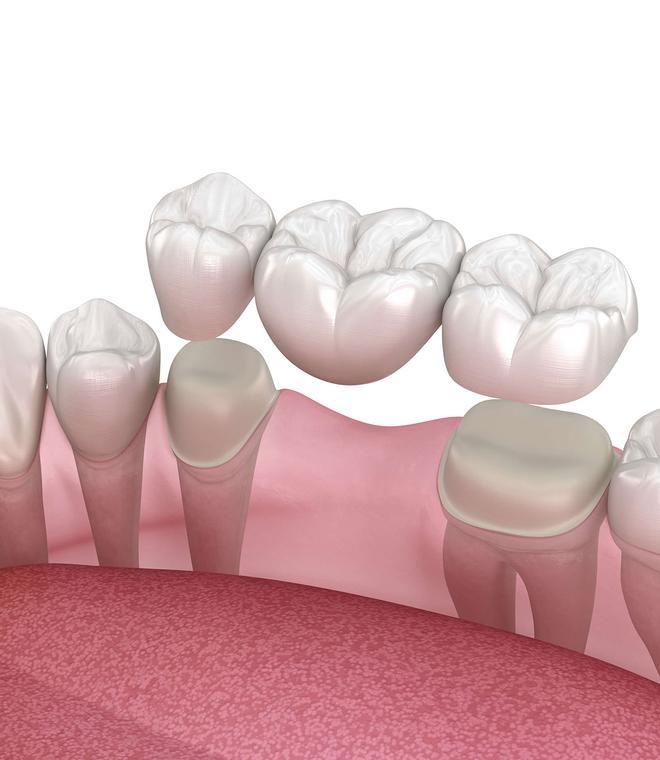What is a Dental Bridge?
The absence of one or more teeth is common among many people. According to the American Dental Association, adult patients have an average of three missing or decayed teeth. Fortunately, there are solutions to replace missing teeth, including dental bridges.
Composition of a Dental Bridge
A dental bridge consists of two main elements: the bridge's abutments (or supports) are created by placing a crown on a natural tooth or an implant, and the synthetic tooth that replaces the missing tooth is called a pontic.
Types of Dental Bridges
There are four main types of dental bridges:
1. Traditional Dental Bridge
For patients missing one or more teeth, a common treatment option is the "dental bridge" - a fixed partial denture that attaches the prosthetic teeth to the adjacent natural teeth. However, this treatment option has certain disadvantages. The adjacent natural teeth must be prepared to support and retain the bridge, which can create excessive tension on the supporting teeth. Additionally, areas where teeth are absent will likely experience progressive bone resorption, and food and bacteria can sometimes accumulate under the bridge, creating problems such as gum disease and cavities.
2. Cantilever Bridge
This type of bridge is similar to a traditional bridge, except that the structure is supported on one side instead of both sides. The restoration can then act as a "lever" and create additional tension on the supporting tooth, increasing the risk of loosening or fracture.

3. Implant-Supported Bridge
An implant-supported bridge is fixed or supported by one or more implants. This solution offers optimal functionality of the prosthetic teeth and reduces bone resorption. It also does not require the support of the surrounding healthy teeth. To learn more about our implant-supported bridge service, please visit our implant-supported bridge service.
4. Maryland Bridge
This type of bridge is supported by a metal structure that is cemented to the back of existing teeth. Although it is not as strong as a traditional bridge, it preserves the structure of adjacent teeth by avoiding the use of crowns for the abutments.
Contact Our Office
To learn more about your restoration options and achieve the smile you've always dreamed of, contact our office today. We will be happy to answer all your questions and help you find the best solution for your dental needs.
 Skip site navigation
Skip site navigation
